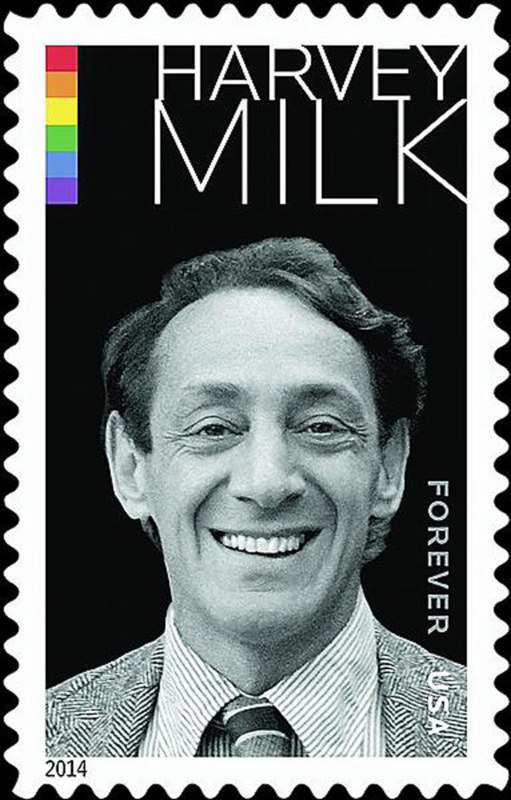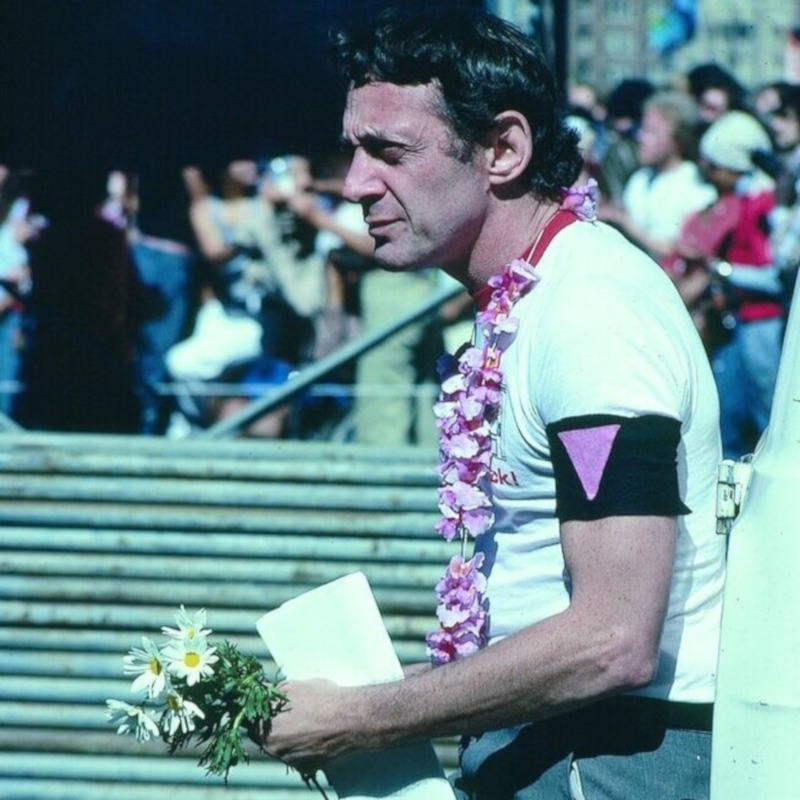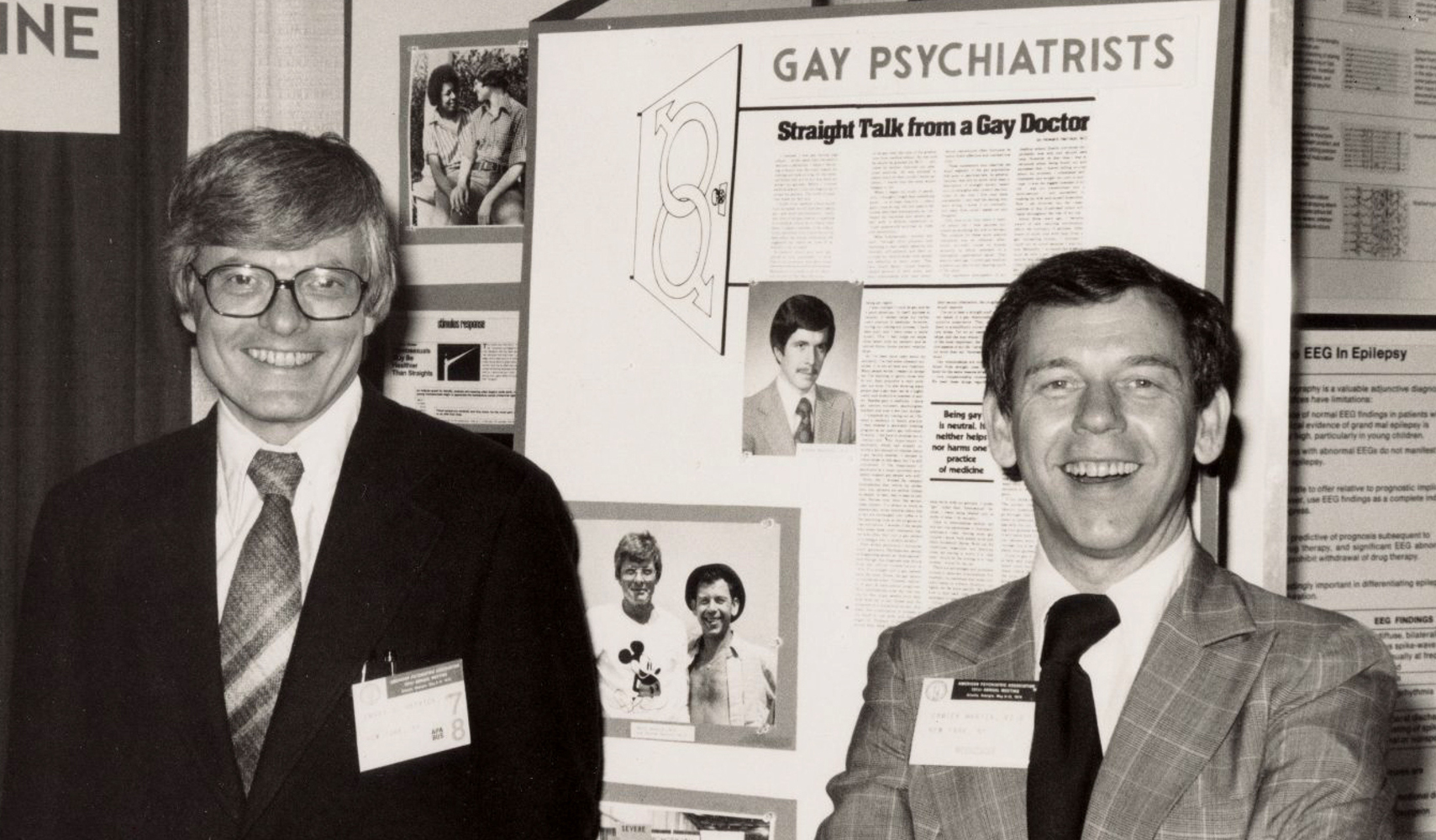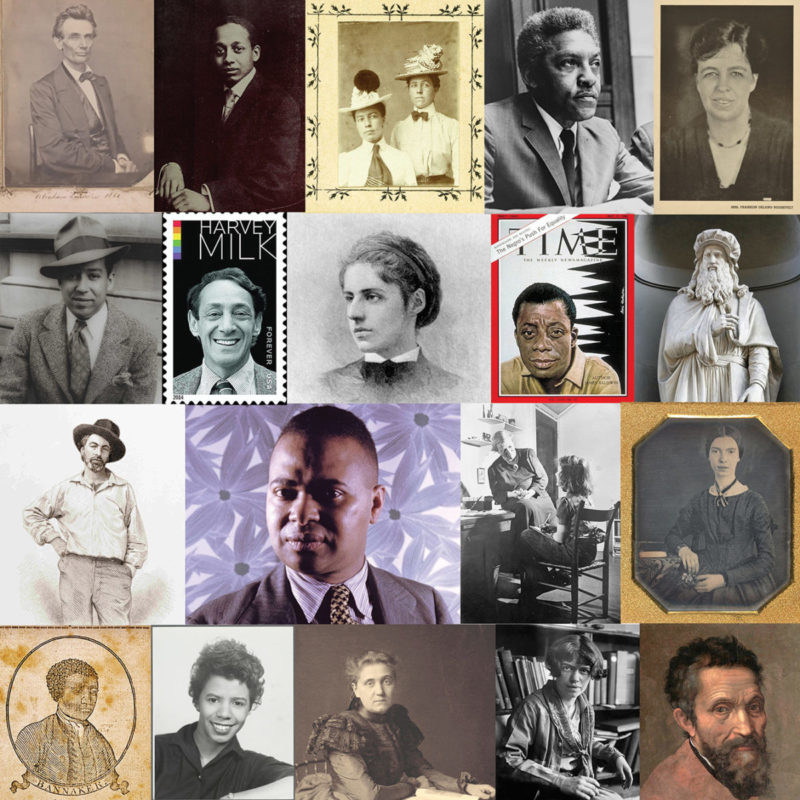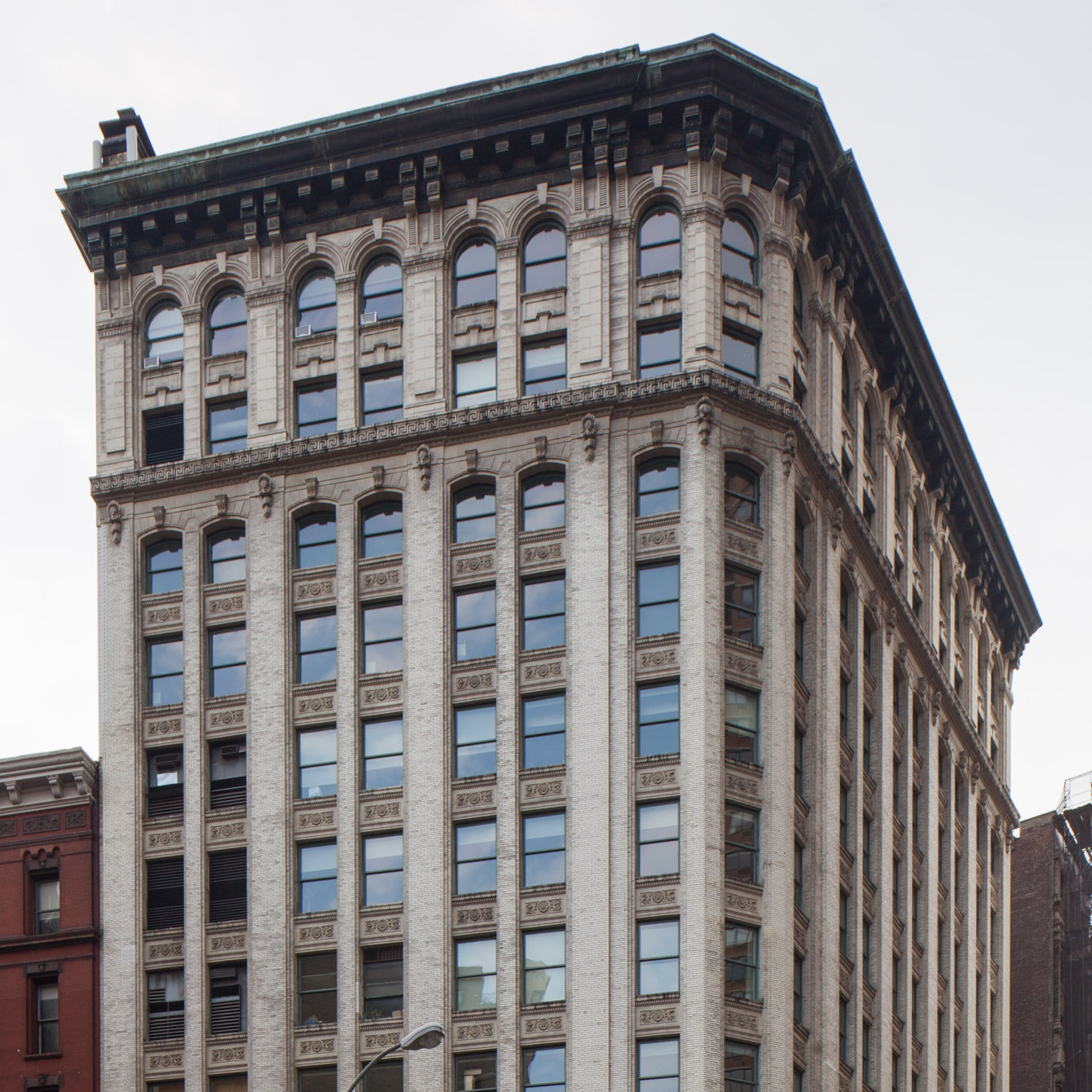
Harvey Milk High School
overview
Many New York City public schools are named in honor of prominent figures in American and world history.
Harvey Milk High School, in Manhattan, is the only one to intentionally honor an LGBT individual.
History
Many New York City public schools are named in honor of prominent figures in American and world history. The NYC LGBT Historic Sites Project compiled a list of the 25 public schools named after gay men, lesbians, and bisexuals, although only one — Harvey Milk High School — intentionally honors an LGBT individual.
Born in Woodmere, New York, Harvey Milk (1930-1978) was one of the first openly gay elected officials in the United States. After attending New York State College for Teachers (now State University of New York) in Albany, he enlisted in the Navy, was a Long Island public school teacher, a stock analyst, and worked on several Broadway musical productions. Working on Wall Street as a then-political conservative, he met the young future gay rights activist Craig Rodwell in 1962, while cruising on Central Park West.
Milk moved to San Francisco in 1972 and opened a camera store in the Castro, the predominantly gay neighborhood along Castro Street. He became active in the LGBT political and business circles of the city, and ran twice (but lost) for the San Francisco Board of Supervisors. Mayor George Moscone, however, appointed Milk to the Board of Permit Appeals, making him the first openly gay commissioner in an American city. He finally won election as a supervisor in 1977, making him a national leader for LGBT rights. Tragically, he (along with Mayor Moscone) was assassinated nearly a year after taking office by a disgruntled former supervisor.
New York’s Harvey Milk High School (HMHS) was the product of the Institute for the Protection of Lesbian and Gay Youth (IPLGY), founded in 1979 by psychiatrist Dr. Emery S. Hetrick and Dr. A. Damien Martin, a professor at New York University. IPLGY addressed at-risk LGBT youth in the city affected by homophobia, physical abuse, homelessness, chronic truancy and school drop out, and involvement in sex work. To address chronic truancy of LGBT youth – who were afraid to attend schools for fear of harassment and violence – they established the HMHS in collaboration with the New York City Department of Education. It became the first public high school in the country for youths victimized in public schools because of their sexual orientation or gender expression.
HMHS opened in April 1985 at the Washington Square United Methodist Church and in the fall relocated to the LGBT Community Center. By early 1986, IPLGY realized that operating HMHS offsite from its offices was too challenging. As a result, the institute relocated to a larger space at 110 East 23rd Street (next door to its previous offices) where it created a separate classroom space for HMHS. IPLGY was renamed the Hetrick-Martin Institute in 1988. Today, it and HMHS operate out of 2 Astor Place.
Entry by Jay Shockley, project director (February 2021).
NOTE: Names above in bold indicate LGBT people.
Building Information
- Architect or Builder: Francis H. Kimball
- Year Built: 1910-12
Sources
Andy Humm, e-mail to Ken Lustbader, August 11, 2016.
Joseph P. Merlino and Jack Drescher, eds., American Psychiatry and Homosexuality: An Oral History (Harrington Park Press, 2007).
Joyce Hunter, personal interview with Ken Lustbader, December 2016.
“The Official Harvey Milk Biography,” Harvey Milk Foundation, bit.ly/36FEfyA.
Steve Ashkinazy, personal interview with Ken Lustbader, September 2016.
Do you have more information about this site?
This project is enriched by your participation! Do you have your own images of this site? Or a story to share? Would you like to suggest a different historic site?
